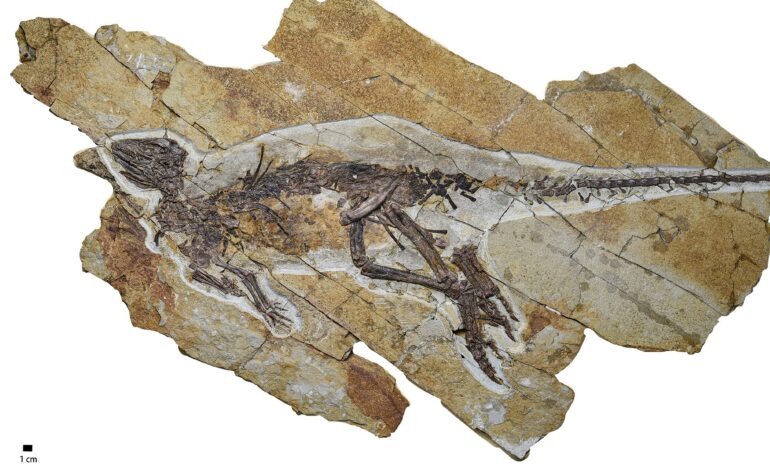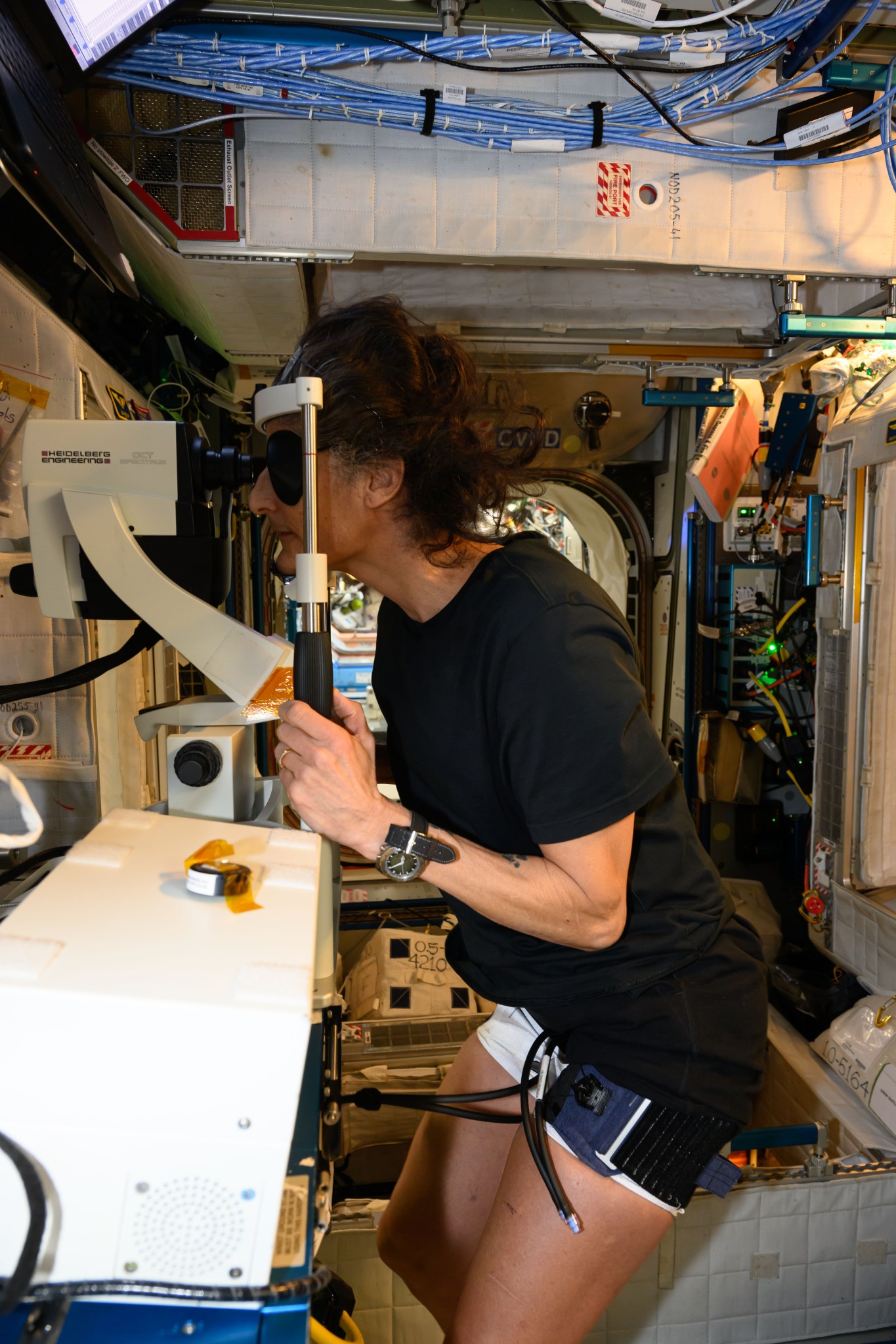Scientists Uncover Dinosaur with Birdlike Vocal Features

A recent discovery in northeastern China has revealed a dinosaur that may have produced sounds similar to bird chirps, suggesting that the origins of birdsong could date back much further than previously understood. Researchers from an international team published their findings last week in the journal PeerJ, detailing the fossil of a dinosaur known as Pulaosaurus qinglong, which is estimated to be around 163 million years old.
The fossil was uncovered in Hebei Province and measures approximately 28 inches (72 centimeters) in length. This remarkably well-preserved specimen allows scientists to examine its anatomy in great detail, particularly its throat structure, which bears similarities to those of modern birds. According to Xing Xu, a paleontologist at the Chinese Academy of Sciences and co-author of the study, the preservation of delicate bones provides invaluable insights. “Even when you have a dinosaur skeleton preserved, you don’t always have these isolated bones preserved with other skull elements,” he noted in an interview with The New York Times.
In vertebrates, vocal organs serve to protect the airway while producing a variety of sounds, ranging from hisses to grunts. Typically, in living reptiles, these structures consist of cartilage and are relatively simplistic. In contrast, birds possess intricate, bony vocal organs that enable a wide range of vocalizations. The throat of Pulaosaurus appears to occupy a middle ground between these two extremes. The researchers drew parallels between its vocal features and another dinosaur, Pinacosaurus, an ankylosaur that may have had a flexible larynx capable of generating sounds akin to chirps.
The team hypothesizes that Pulaosaurus lived during the late Jurassic period and belonged to a lineage that eventually led to the emergence of “duck-billed” dinosaurs, such as the hadrosaurs. Notably, both Pulaosaurus and Pinacosaurus are separated by millions of years of evolution and do not belong to the direct ancestors of modern birds. This raises intriguing questions about the evolution of vocal features in such distinct species. The similarities suggest that the vocal capabilities of dinosaurs’ ancient ancestors may have included chirping sounds, indicating that the roots of birdsong could extend back over 230 million years.
Understanding how the vocal apparatus known as the syrinx evolved in modern birds remains a mystery. The findings from this research contribute to the ongoing exploration of how vocal capabilities developed across different species. While it is possible that Pulaosaurus and Pinacosaurus independently evolved their vocal features, the presence of similar anatomical structures in such disparate species hints at a more complex evolutionary history.
As scientists continue to investigate the intriguing connections between dinosaurs and modern birds, discoveries like that of Pulaosaurus qinglong enrich our understanding of the evolutionary narrative that shapes life on Earth today.






